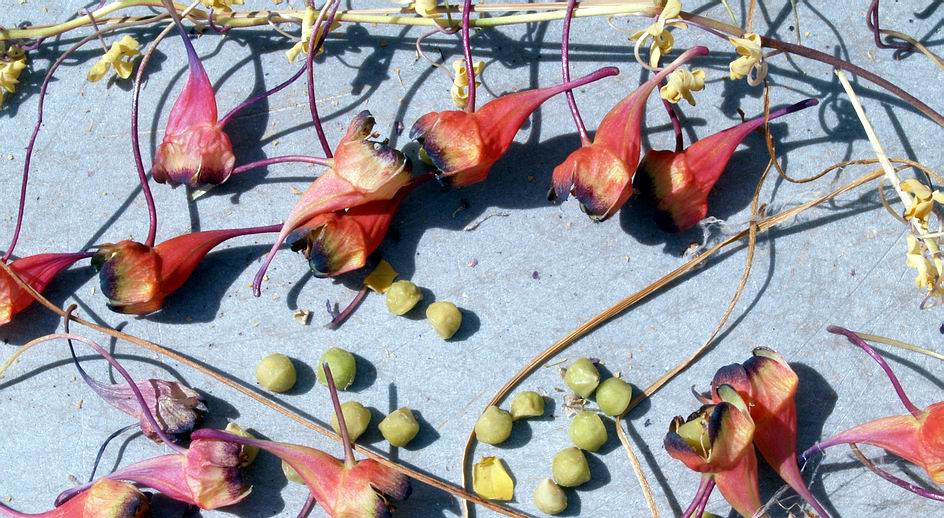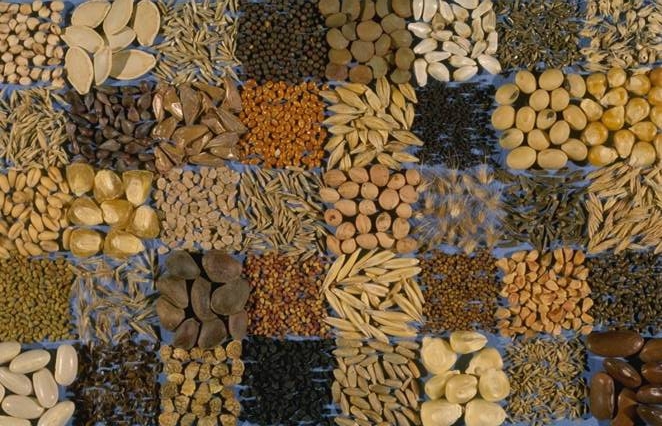Difference Between Seeds and Bulbs

Seeds and bulbs are both reproductive parts of plants; that is, a new plant can be propagated using either of the two. While a seed is the most common source of propagation, some plants are also grown from bulbs. Though both seeds and bulbs serve the same purpose, they are two different structures from the botanical point of view.
A seed is an embryo, enclosed in a seed coat, which stores food for the new plant. The embryo inside the seed continues to nourish the newly grown seedling until it is capable of producing its own food. A bulb, on the other hand, is a mature, underground, perennial plant consisting of modified leaves called scales, swollen at the base. Like the embryo of a seed, the scales of the bulb also contain nutrition for the plant while it goes through the period of dormancy.
Seed formation is the last stage during the reproduction process of a plant; that is, the plant usually dies after producing the seeds. A bulb, however, contains the lifecycle of a plant and remains alive even if the plant dies during adverse conditions.
Seeds are mostly sown in spring and require water to germinate, while bulbs are usually planted in the fall to allow them to undergo a period of dormancy before the period of growth. A plant grows from a seed only once in its life, whereas bulbs are perennial plants – that is, they generate new plants every year after the last frost.
A seed is produced through sexual reproduction while a bulb is produced through asexual or vegetative reproduction. Furthermore, seeds wait for favourable conditions to germinate, whereas bulbs give rise to the new plant in their season without any special effort.
Instructions
-
1
Seeds
Seeds are embryonic plants enclosed in a hard covering, called the seed coat. The embryonic plant, that gives rise to a new plant, consists of primitive roots and leaves and contains nutrients for the sprouting plant. A seed is formed when a pollen grain containing sperms falls on the ovary (female reproductive organ) of the flower and fertilizes with the egg present inside. It requires perfect conditions, water and heat, to germinate.
Image courtesy: healthline.com
-
2
Bulbs
Bulbs are perennial plant structures that live underground and store the entire life-cycle of a plant. All the plants that grow through bulbs die in harsh weather conditions, mostly during winters, but the bulbs remain dormant during this period and new plants grow from them as soon as the conditions outside turn favourable once again.
Image courtesy: readytogrowgardens.com







